
| Dr. David Hurley, TETI Director Idaho National Laboratory Dr. David Hurley received a Ph.D. in Materials Science and Engineering from Johns Hopkins University and is currently a Laboratory Fellow at Idaho National Laboratory. Since coming to INL, he has focused on characterizing material behavior in extreme environments. Dr. Hurley's research background and expertise encompass elements of physics, mechanical engineering and materials science. This middle ground between science and engineering has given him a unique perspective on many materials issues facing the nuclear industry. Thermal transport in nuclear fuel provides an important example of this perspective. On the engineering side he has led the complete development of the Thermal Conductivity Microscope from conception to operational prototype. This instrument is uniquely capable of measuring thermal properties of spent fuel samples on length scales commensurate with microstructure heterogeneity. On the science side he research interest include novel methods to characterize subsurface grain boundary structure and function in ceramic energy materials, electron and phonon mediated thermal transport in nuclear fuels and time-resolved measurements of light matter interaction in semiconductors.
| |
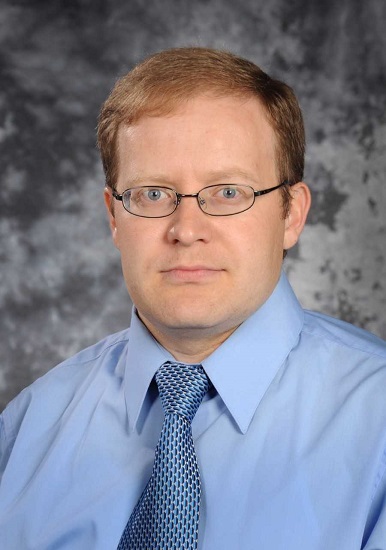
| Dr. Marat Khafizov, TETI Deputy Director, Oxide Thrust Lead, Spectrum of Defects Lead Ohio State University Dr. Marat Khafizov is an associate professor in the Department of Mechanical and Aerospace Engineering at The Ohio State University (OSU). He leads the laboratory for Thermal properties of Materials for Extreme environments (TME), whose research focus is on understanding the influence of microstructure on physical properties of materials including thermal transport, elastic, piezoelectric and dielectric properties. His expertise is in using laser-based modulated thermoreflectance method for studying thermal transport in thin films, ion beam irradiated samples and composite materials. Mechanical properties are investigated using laser ultrasonics. Another area of research is development and utilization of laser ultrasonics for microstructure characterization at microscale. Experimental research is supported by development of analytical models for analysis of experimental data to extract physical properties and establishing structure-property relations. Dr. Khafizov obtained his Ph.D. in physics from University of Rochester in 2008 and worked as a research scientist at Idaho National Laboratory during 2010-2014 prior to joining OSU.
|
|
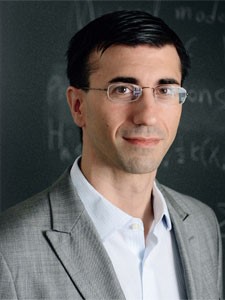
|
Dr. Chris Marianetti, Nitrides Thrust Lead, Electron-Phonon Coupling Lead Columbia University Dr. Chris A. Marianetti is an associate professor of Materials Science and Applied Physics and Applied Mathematics at Columbia University. Dr. Marianetti's research focuses on computing the behavior of materials from the first-principles of quantum mechanics, including mechanical, electronic, magnetic,and optical phenomena; and their interplay. He addresses fundamental challenges which exist at the intersection of physics, chemistry, materials science and applied mathematics; including the development of new approaches and algorithms to address interacting electrons and phonons. Applications span the periodic table, from hydrogen to plutonium and everything between; with particular emphasis on materials with strong electronic correlations. Dr. Marianetti received a Ph.D. in Materials Science and Engineering from Massachusetts Institute of Technology in 2004, and a B.S./M.S. from The Ohio State University. He held postdoctoral positions in the Department of Physics at Rutgers University in addition to Lawrence Livermore National Laboratory before moving to Columbia. Dr. Marianetti was the recipient of the National Science Foundation CAREER and DARPA Young Faculty Awards. He chairs the Shared Research Computing Committee at Columbia, governing the formation and implementation of research computing policy for Columbia University.
| | 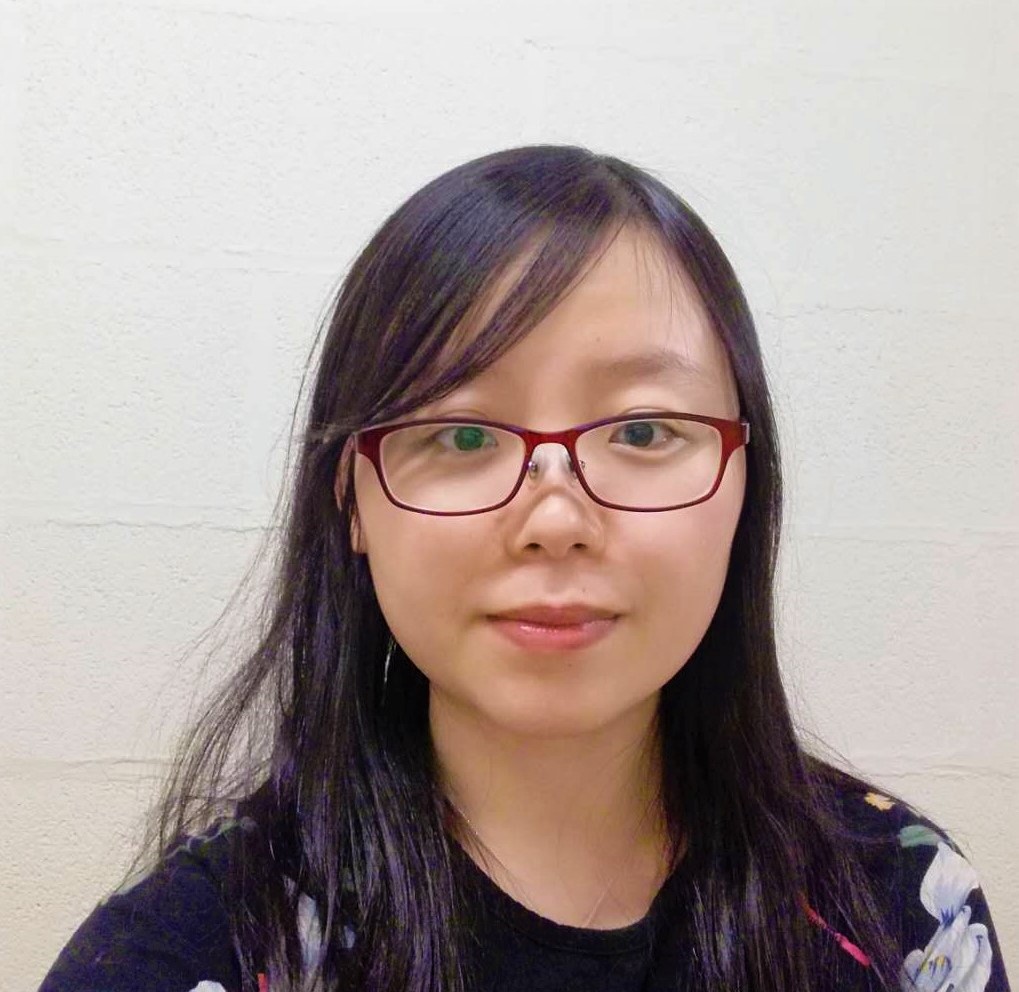
| Dr. Miaomiao Jin, Diversity and Inclusion Coordinator Pennsylvania State University Dr. Miaomiao Jin is an assistant professor in the Ken and Mary Alice Lindquist Department of Nuclear Engineering at the Pennsylvania State University. Dr. Jin received her Bachelor's degree in Nuclear Engineering from the University of Science and Technology of China in 2013, and a Ph.D. from the Department of Nuclear Science and Engineering (NSE) from the Massachusetts Institute of Technology in 2019. Her research interests lie in computational modeling and simulation of radiation damage in materials, including atomistic study of radiation behavior, multiscale simulations of microstructure evolution, and data-driven prediction of radiation-induced material response. Prior to joining Penn State, Dr. Jin was a postdoctoral research associate at the Idaho National Laboratory, where she was involved in multiple projects, including examining radiation damage behavior and thermal transport in mixed oxide nuclear fuels and formation of gas bubble lattices in metals.
| |
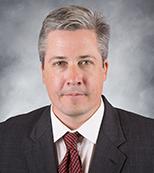
| Dr. Michael Manley, Lattice Anharmonicity Lead Oak Ridge National Laboratory Dr. Michael E. Manley is a senior researcher at Oak Ridge National Laboratory (ORNL) in the Neutron and X-ray Scattering group within the Materials Science and Technology Division (MSTD). His research covers functional, structural and energy materials using advanced scattering techniques. He received his PhD in Materials Science from Caltech in 2001 and was awarded the 18th Louis Rosen Prize for his thesis. He was a Director's Postdoctoral Fellow at Los Alamos National Laboratory for a little over a year before being promoted to staff scientist. He then moved to Lawrence Livermore National Laboratory in 2006 where he received a Science, Technology, and Engineering Award for his research, and to his current position at Oak Ridge in 2012. He won the 2021 TMS FMD Distinguished Scientist Award, is Co-PI on the BES funded program Neutron Scattering Studies of Hybrid Excitations, and Co-Scientific Director of the National School on Neutron & X-ray Scattering.
| | 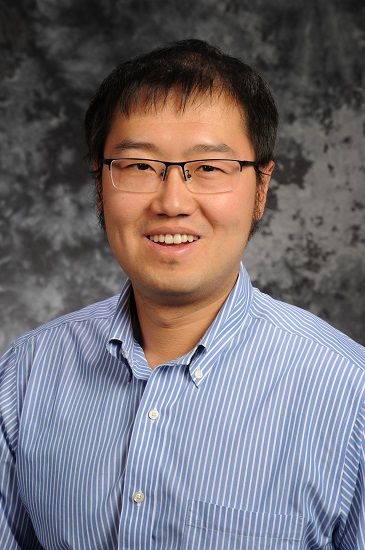
| Dr. Zilong Hua, Oxide Interface Lead Idaho National Laboratory Dr. Hua is a staff scientist at Idaho National Laboratory with research interests in multi-scale thermal and acoustic transport phenomena of solid materials in extreme environments. He is involved in multiple laser-based thermal and mechanical property characterizations of pre- and post-irradiation materials, and contributes to the development and maintenance of state-of-art characterization techniques, the Thermal Conductivity Microscope (TCM) and the Material Properties Microscope (MPM). He contributes to the laser-based thermal conductivity characterization of unirradiated and irradiated Th1-xUxO2 and U-Zr alloys in TETI. Dr. Hua received his Ph.D. in mechanical engineering at Utah State University in 2013, and a Bachelor’s in Materials Science and Engineering at the Tsinghua University (China) in 2007.
| | 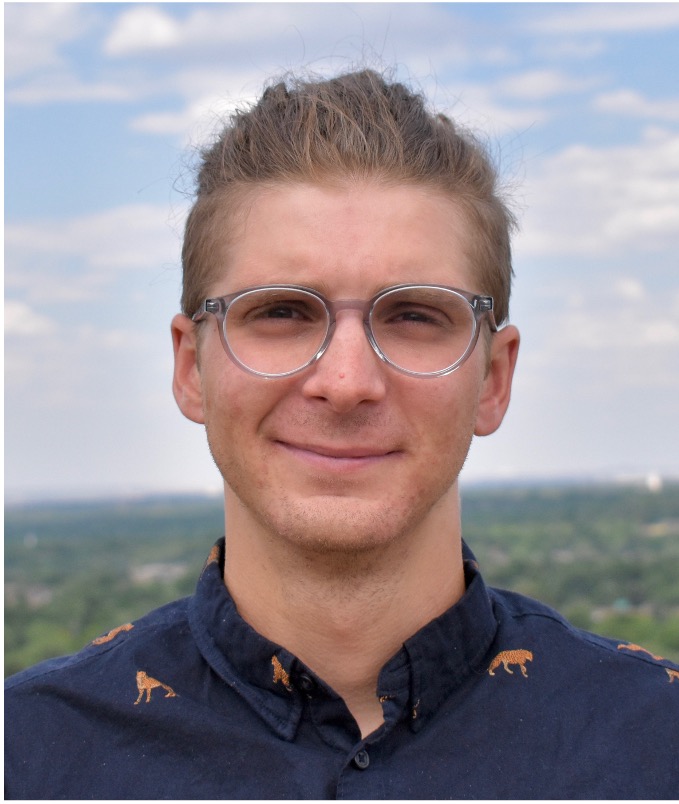
| Dr. Brelon May, Nitride Interface Lead Idaho National Laboratory Brelon May is an applied physicist at Idaho National Laboratory using non-equilibrium techniques to synthesize single-crystalline actinide materials. This research will facilitate the understanding, and allow for harnessing of the unique physics that arise in highly correlated materials. Before joining INL he was a postdoctoral researcher at the National Renewable Energy Laboratory in Golden, Colorado, where he developed technology to reduce the cost of high efficiency solar cells, through combining traditional III-V material deposition techniques with water soluble alkali halides. He earned his doctorate in materials science and engineering from The Ohio State University where he worked on the vacuum deposition of several material systems including wide bandgap oxides and 2D selenide-based materials, but his focus was on the growth and fabrication of ultraviolet LEDs using nitride nanowires. His fascination for thin film deposition started when he was at Clarkson University, where he received his bachelor’s in chemical engineering and helped with deposition of polycrystalline solar cells using a Crayola airbrush and a hotplate.
| |
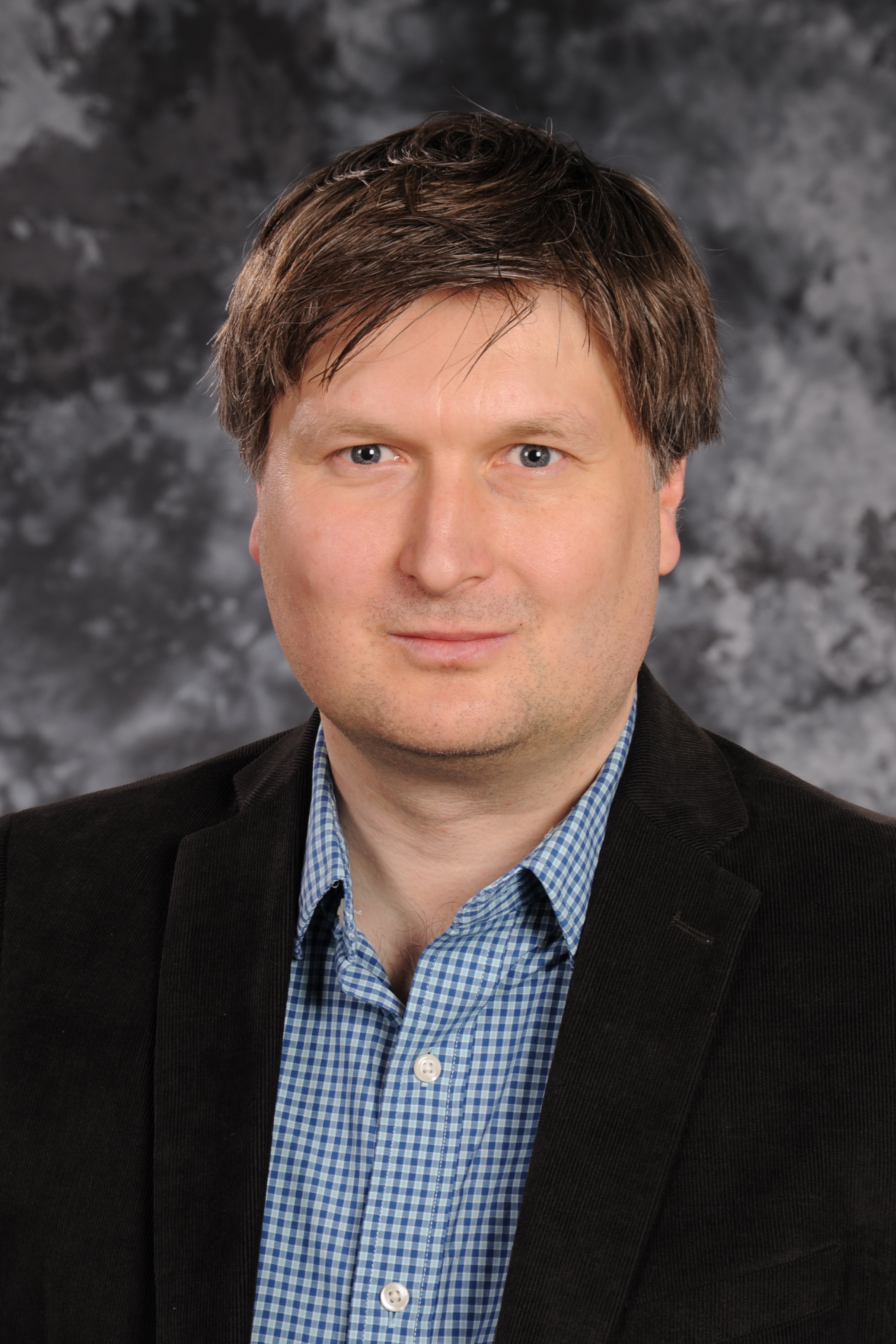
|
Dr. Krzysztof Gofryk Idaho National Laboratory Dr. Krzysztof Gofryk is a staff scientist in the Fuel Design and Development department. Nearly 20 percent of the world's electricity today is generated by nuclear energy. However, the microscopic processes that control transport and thermodynamic behaviors in nuclear materials used in power plants are not well understood. Key to the understanding is detailed knowledge of different low-energy excitations and their coupling, and how they are represented in physical properties of these technologically important materials. In his research, Krzysztof studies these interactions by extensive transport, thermodynamic, structural and spectroscopic measurements performed under extreme conditions such as high pressures, low/high temperatures and high magnetic fields. Further, his research utilizes on-site state-of-the-art experimental systems as well as a variety of off-site collaborations and cutting-edge user facilities (National High Magnetic Field Laboratory -Los Alamos and Tallahassee, Advanced Photon Source, National Institute of Standards and Technology, and UserLab Institute for Transuranium Elements (Karlsruhe, Germany). Dr. Gofryk has been with Idaho National Laboratory for two years. Previously, he worked at Oak Ridge National Laboratory (2014-2013), Los Alamos National Laboratory (2013-2009) and the Institute for Transuranium Elements (2009-2006). He earned a Ph.D. in physics and belongs to several professional societies including the European Rare-Earth and Actinide Society, American Physical Society, American Association for Crystal Growth, Polish Physical Society and the American Vacuum Society. His outside interests include skiing and swimming.
| | 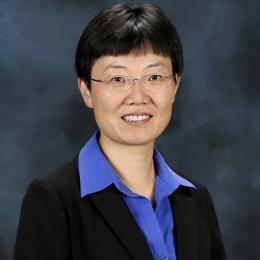
|
Dr. Yanwen Zhang Idaho National Laboratory Dr. Yanwen Zhang is a Directorate Fellow at Idaho National Laboratory (INL). Her research focuses on both fundamental and applied aspects of equilibrium and non-equilibrium defect dynamics, ion beam modification, and radiation effects in materials. Her primary emphasis lies in understanding these processes and unraveling the mechanisms to tailor the functionality and properties of complex materials. She was honored with the 2005 Presidential Early Career Award for Scientists and Engineers. From 2014 to 2020, she directed an Energy Frontier Research Center for Energy Dissipation to Defect Evolution, advancing the understanding of energy dissipation mechanisms in complex alloys. Dr. Zhang has published more than 420 journal articles and has delivered over 100 invited presentations at national and international scientific conferences, workshops, research institutions, and universities. She is a Fellow of the American Ceramic Society. She will contribute to the study of radiation effects in TETI. Prior to her position at INL, Dr. Zhang was a distinguished R&D Staff at Oak Ridge National Laboratory (ORNL) with a joint faculty appointment in the Department of Materials Science and Engineering at University of Tennessee (2010-2022). She received a B.S. and a M.S. in solid state physics at Beijing Normal University (China) and was awarded a Ph.D. in Nuclear Physics from Lund University (Sweden) and a Ph.D. in Science from Beijing Normal University (China). She worked as an Assistant Professor (2000-2002) at Uppsala University (Sweden), and as a senior/staff scientist at Pacific Northwest National Laboratory (2003-2010).
| |
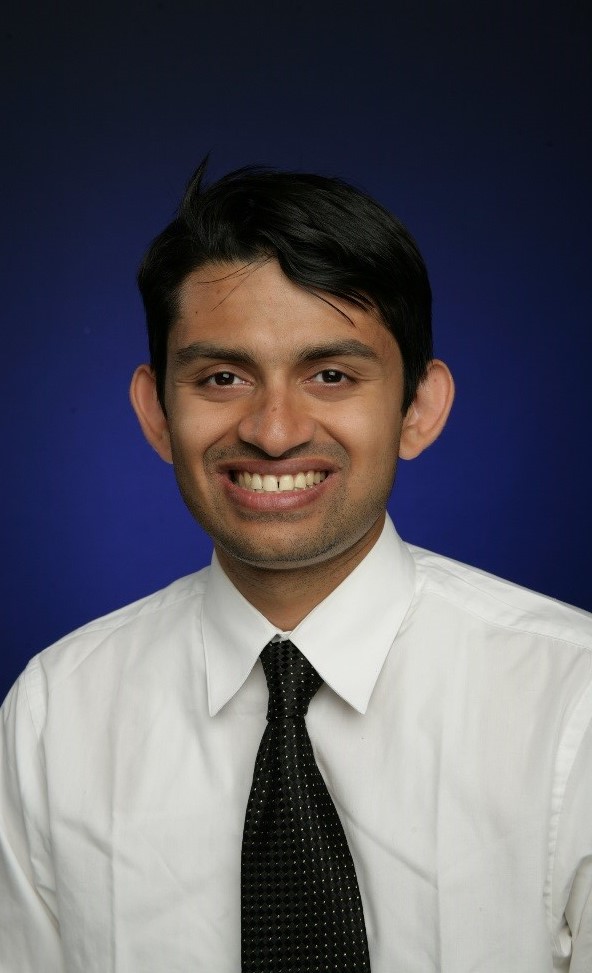
| Dr. Amey Khanolkar Idaho National Laboratory Dr. Amey Khanolkar is an Applied Physicist in the Materials Science and Manufacturing Department at INL. He received his B.S. and M.S. degrees in Mechanical Engineering from Drexel University in Philadelphia, PA in 2013, and a Ph.D. in Mechanical Engineering from the University of Washington in Seattle, WA in 2018. He joined INL in 2019 as a Russell L. Heath Distinguished Postdoctoral Fellow. Prior to joining INL, he was a postdoctoral researcher in the Mechanical and Aerospace Engineering Department at the University of California San Diego. His research interests broadly include developing laser ultrasonic techniques to assess defects in material microstructure, study micro- to nano-scale thermal transport, and tailor stress waves with novel phononic structures and metamaterials. Within TETI, Dr. Khanolkar is studying thermal transport, optical spectroscopy, and elastic wave propagation in ion-irradiated oxide and nitride materials using a variety of pump-probe optical techniques.
|
|
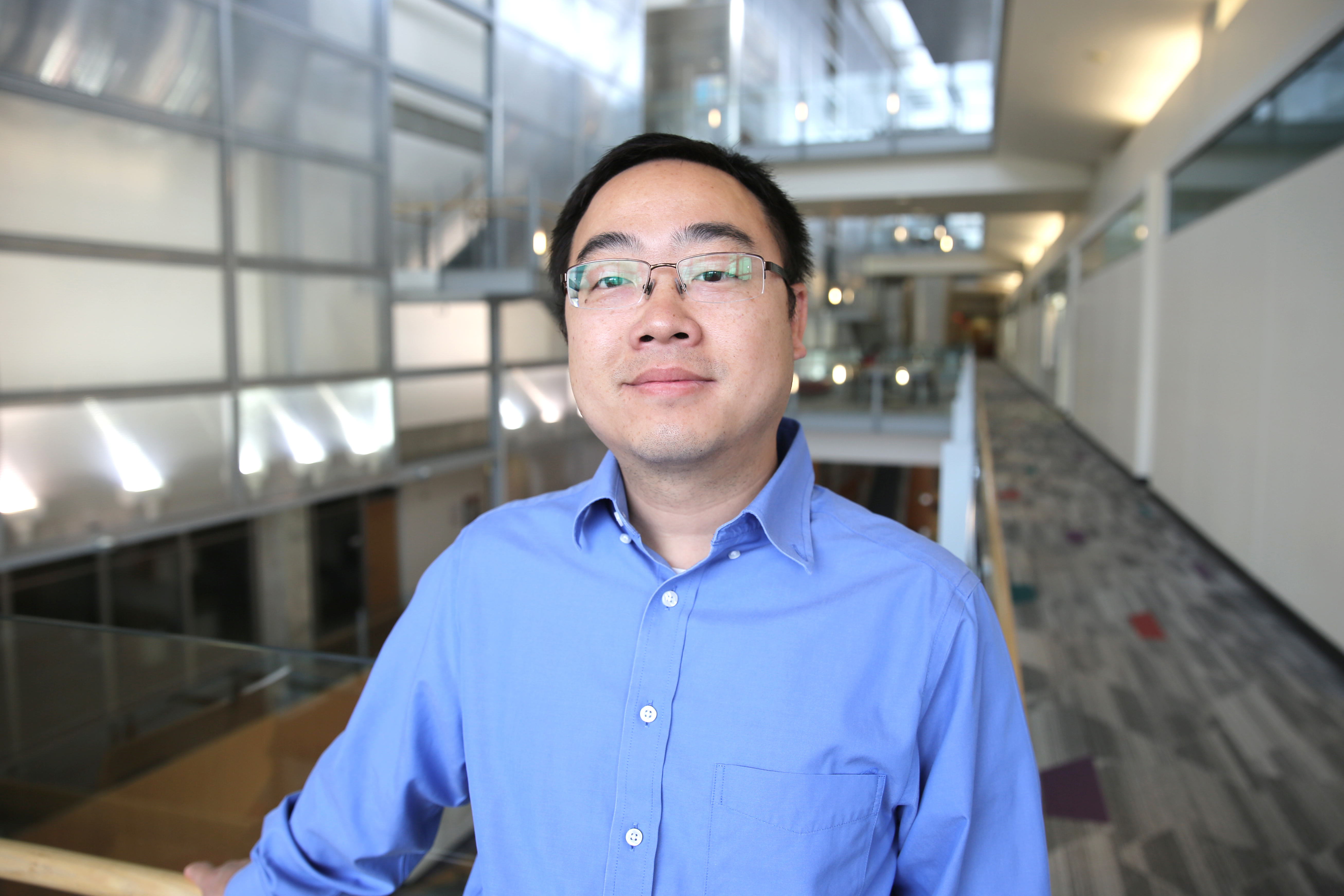
| Dr. Yongfeng Zhang University of Wisconsin - Madison Dr. Yongfeng Zhang is an Assistant Professor in the Engineering Physics Department at UW-Madison. Prior to joining UW in 2019, he was a staff scientist in the Fuel Modeling and Simulation Department at INL. He has served as the PIs of several work packages under the DOE NEAMS program and the US high performance research reactor (USHPRR) program, and the PI of an NEUP project staring in October 2020. His research focuses on multiscale modeling and simulations of materials behavior in extreme conditions including high temperature, stress, irradiation and corrosive environments. At INL, He led the Computational Microstructure Science group, which focuses on atomic scale to mesoscale fuel performance modeling and development of mesoscale modeling tools such as MARMOT in the MOOSE framework. He has authored or co-authored over 100 peer-reviewed journal publications and delivered over ten invited talks at conferences and universities. He is the recipient of the Laboratory Director’s Award for Leadership for 2016. He also serves as the chair of the TMS Nuclear Material Committee under the Structural Materials Division.
| | 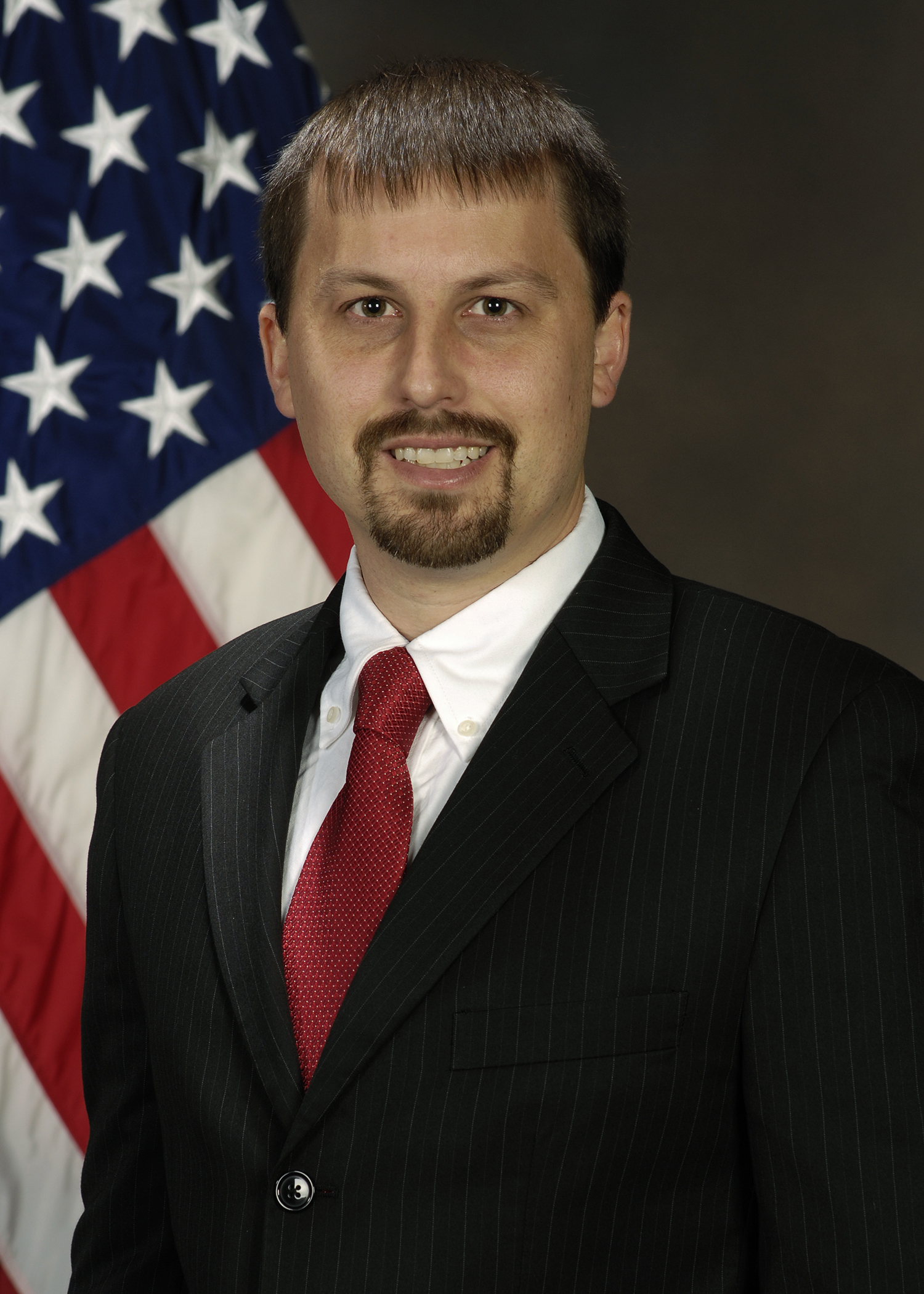 | Dr. Matthew Mann Air Force Research Laboratory
| | 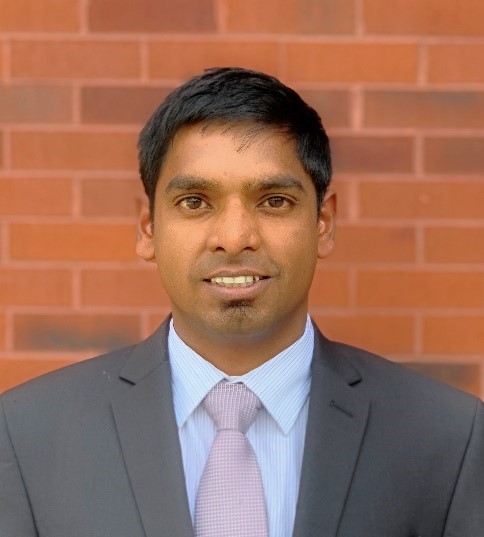
| Dr. Kaustubh Bawane Idaho National Laboratory Dr. Kaustubh Bawane received his Ph.D. in Materials Science and Engineering from Virginia Tech, Blacksburg, VA in December 2019. He has a Master of Engineering in Materials Engineering from the Indian Institute of Science, Bangalore (June 2016) and Bachelor of Technology in Metallurgical Engineering from College of Engineering, Pune (May 2014) in India. He also worked with General Electric India Technology Center as a co-op for 1 year during his Masters focused on additive manufacturing of cobalt based superalloys. His research interests include processing, radiation damage, high temperature corrosion and advanced microstructural characterization of materials for nuclear systems. Within TETI, he will focus on the advanced characterization of irradiation induced damage in oxide fuels. In addition to TETI, he is also part of 'Molten Salt for Extreme Environments (MSEE)' EFRC and supports advanced characterization of molten salt corrosion damage in Ni based alloys.
| | 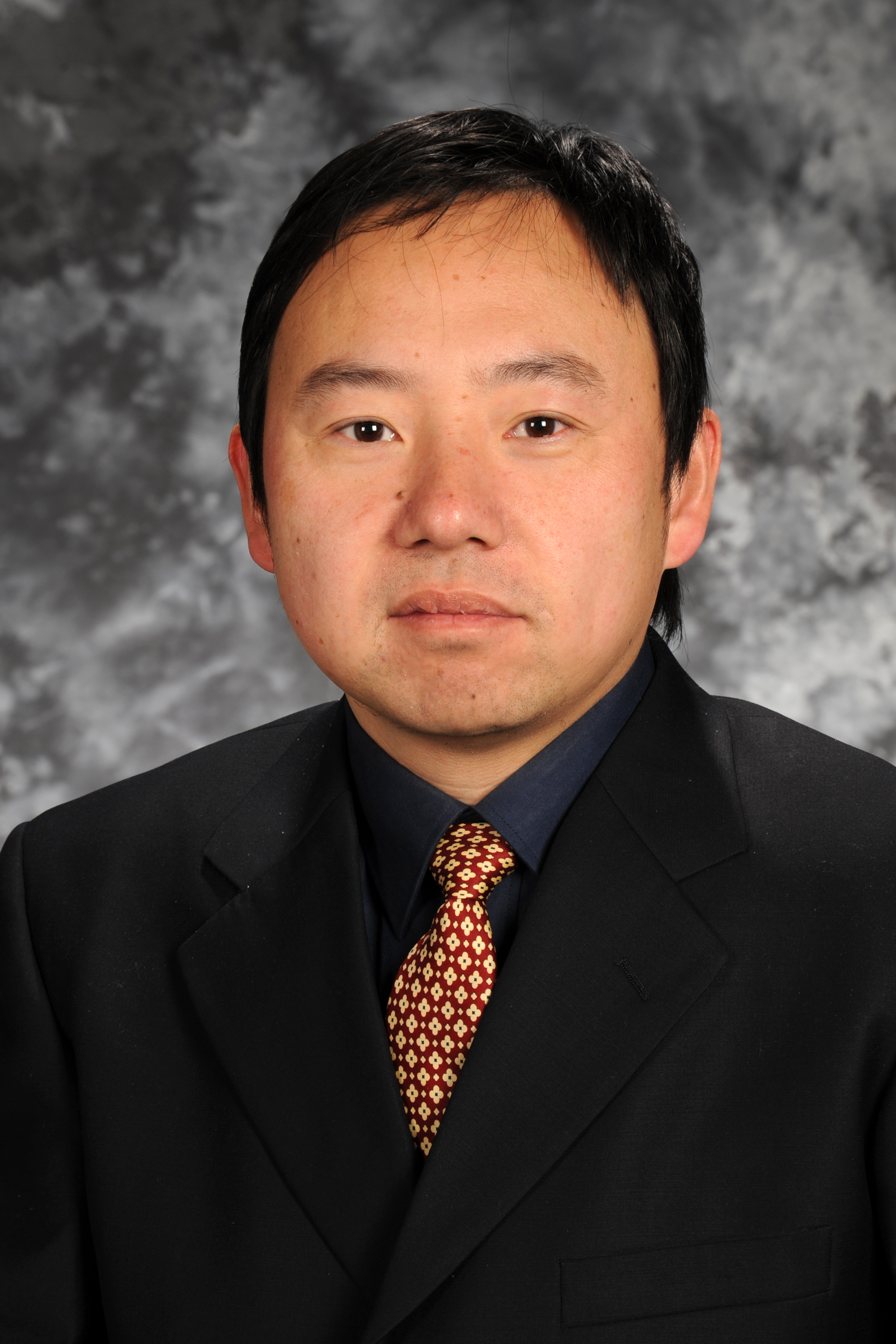
| Dr. Chao Jiang Idaho National Laboratory Dr. Chao Jiang is a senior staff scientist in the Computational Mechanics and Materials Department at Idaho National Laboratory (INL). He received his Ph.D. in Materials Science and Engineering from Pennsylvania State University at University Park in 2004. Before joining INL, he worked as materials scientist at Thermo-Calc Software developing thermo-physical property databases for engineering materials, and as associate research scientist at University of Wisconsin-Madison working on the radiation damage in silicon carbide. At INL, Dr. Jiang’s research interests are focused on understanding the behaviors of nuclear materials under extreme condition of irradiation using atomistic modeling and simulations tools including DFT, MD, and AKMC. He is also interested in using CALPHAD-based computational thermodynamics to study the phase stability of complex multicomponent alloys. To date, Dr. Jiang has authored over 90 publications in leading international journals including Nature, Nature Communications, and Physical Review Letters. He was the recipient of the Director’s postdoc fellowship from Los Alamos National Laboratory in 2006.
| |
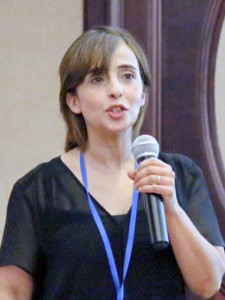
| Dr. Farida Selim Bowling Green State University Dr. Farida A. Selim is a Professor in the Department of Physics and Astromony at Bowling Green State University in Bowling Green, OH. Dr. Selim has a broad research program in the field of oxides and wide band gap materials. Her research covers a wide range of topics in semiconductors and dielectrics including synthesis, thin film technology, optoelectronics, transport properties, and defect studies. She is expert on positron annihilation and luminescence spectroscopies and has been very active in developing new techniques and building instrumentation for defect and luminescence measurements.
| | 
| Dr. Elizabeth Sooby University of Texas at San Antonio Dr. Elizabeth Sooby is an Assistant Professor in the department of Physics and Astronomy at the University of Texas at San Antonio. Dr. Sooby is an expert in fuels synthesis and testing, particularly uranium compound fabrication and high temperature steam oxidation testing. Prior to coming to UTSA in 2017, Dr. Sooby was appointed as a staff scientist at Los Alamos National Laboratory where she also held a Seaborg Postdoctoral Fellowship in Actinide Science following graduation with her Ph.D. in Physics from Texas A&M in December 2014. She received her Bachelor of Science degree in Physics from Millsaps College in Jackson, MS. She is the principle investigator of the Extreme Environments Materials Laboratory, a unique facility she developed at UTSA, which is a 2,000 square foot radiological laboratory space dedicated to nuclear materials fabrication and testing.
| | 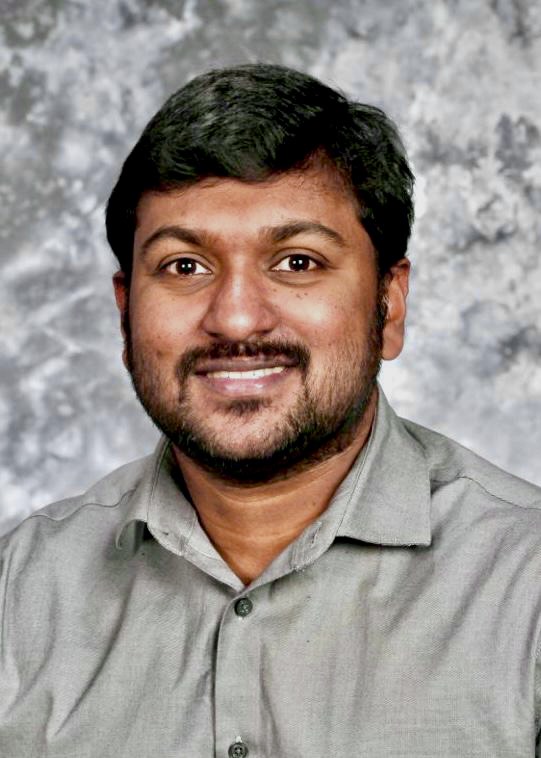
| Dr. Linu Malakkal Idaho National Laboratory Dr. Linu Malakkal is a computational material scientist in the Computational Mechanics and Materials Department at Idaho National Laboratory (INL), USA. His technical skills include Density Functional Theory (DFT), Molecular Dynamics (MD) simulations of material behavior in nuclear fuels and structural materials. He has also worked on the fabrication and characterization of nuclear fuels using novel sintering techniques. Dr. Linu joined INL in Jan 2021 with a principal focus on modeling the thermal conductivity degradation in U-Mo nuclear fuels in support of the United States High-Performance Research Reactor (USHPRR) Program and calculation of transport properties of defect species in support of the Nuclear Energy Advanced Modeling and Simulation Program (NEAMS). He also works in understanding the thermal transport in irradiated nuclear fuel material for the center for Thermal Energy Transport under Irradiation (TETI). He has authored more than twenty international journal papers on the computational and experimental determination of thermal and mechanical properties of novel nuclear materials in journals such as Nature Scientific Reports, Journal of Physical Chemistry C, Journal of Physical Chemistry Chemical Physics, Journal of Nuclear Materials, Journal of Alloys and Compounds, Journal of applied physics, and Computational Material Science. Before joining INL, he spent a year at Thermtest Inc. Fredericton Canada, where he worked as a thermal analysis scientist. Dr. Linu holds a bachelor’s degree in Mechanical Engineering from GEC Kozhikode, Kerala, India, and a master’s degree in Nanotechnology from the Indian Institute of Technology, Roorkee (IIT-R) India, and a Ph.D. in Mechanical Engineering from the University of Saskatchewan, Canada.
| | 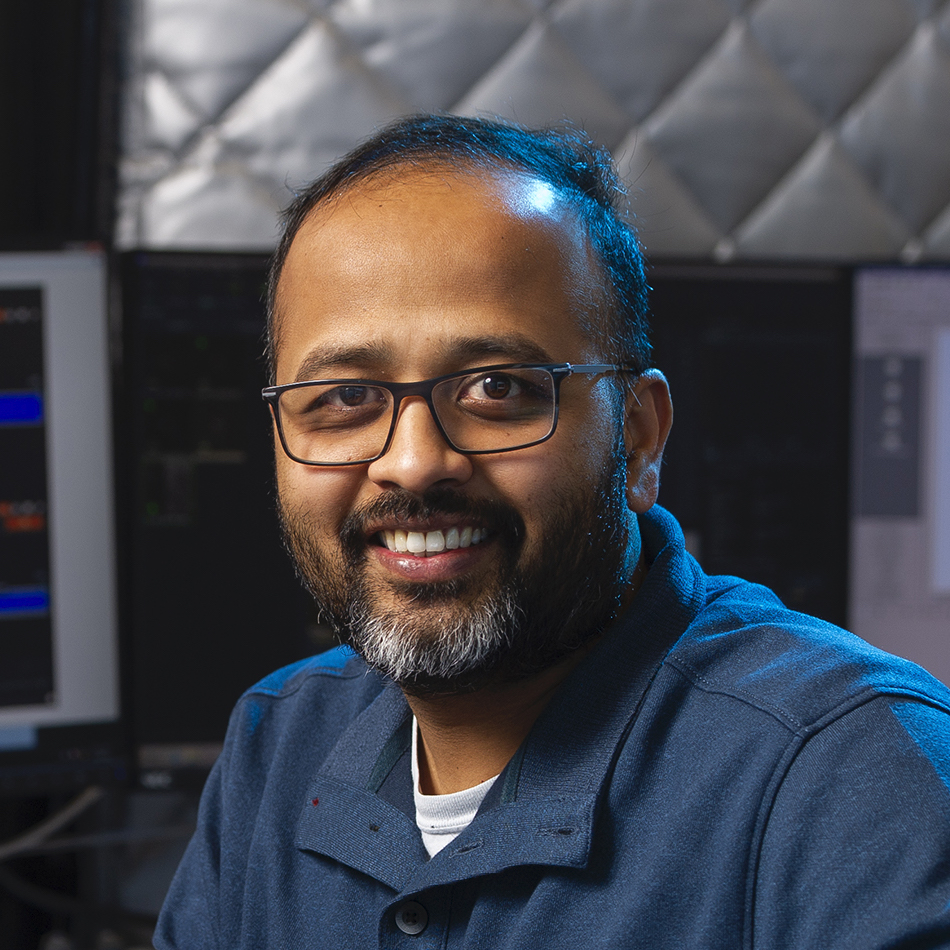
| Dr. Boopathy Kombaiah Idaho National Laboratory Dr. Boopathy Kombaiah is a materials scientist in the Characterization and Post Irradiation Examination division at the Idaho National Laboratory since 2019. His areas of research interest are mechanistic understanding of radiation effects and mechanical behavior in materials using advanced microscopy techniques. He graduated with a Bachelor of Engineering and Master of Engineering in Metallurgical Engineering from PSG College of Technology and Indian Institute of Science, India. Post-graduation, he had a stint at the EMPA - Swiss Federal Laboratories as a Marie-Curie Early-Stage researcher to study micromechanical behavior of materials. Subsequently, he worked on his doctoral thesis on understanding transitions in creep mechanisms of zircaloy fuel cladding materials from 2011-2015 at North Carolina State University. Before coming to INL, he did his postdoctoral research at Carnegie Mellon University and Oak Ridge National Laboratory to understand microstructural changes in materials under external factors like corrosion and radiation. Within TETI, he will coordinate the advanced microstructural characterization of irradiated oxide and nitride nuclear fuel systems.
| | 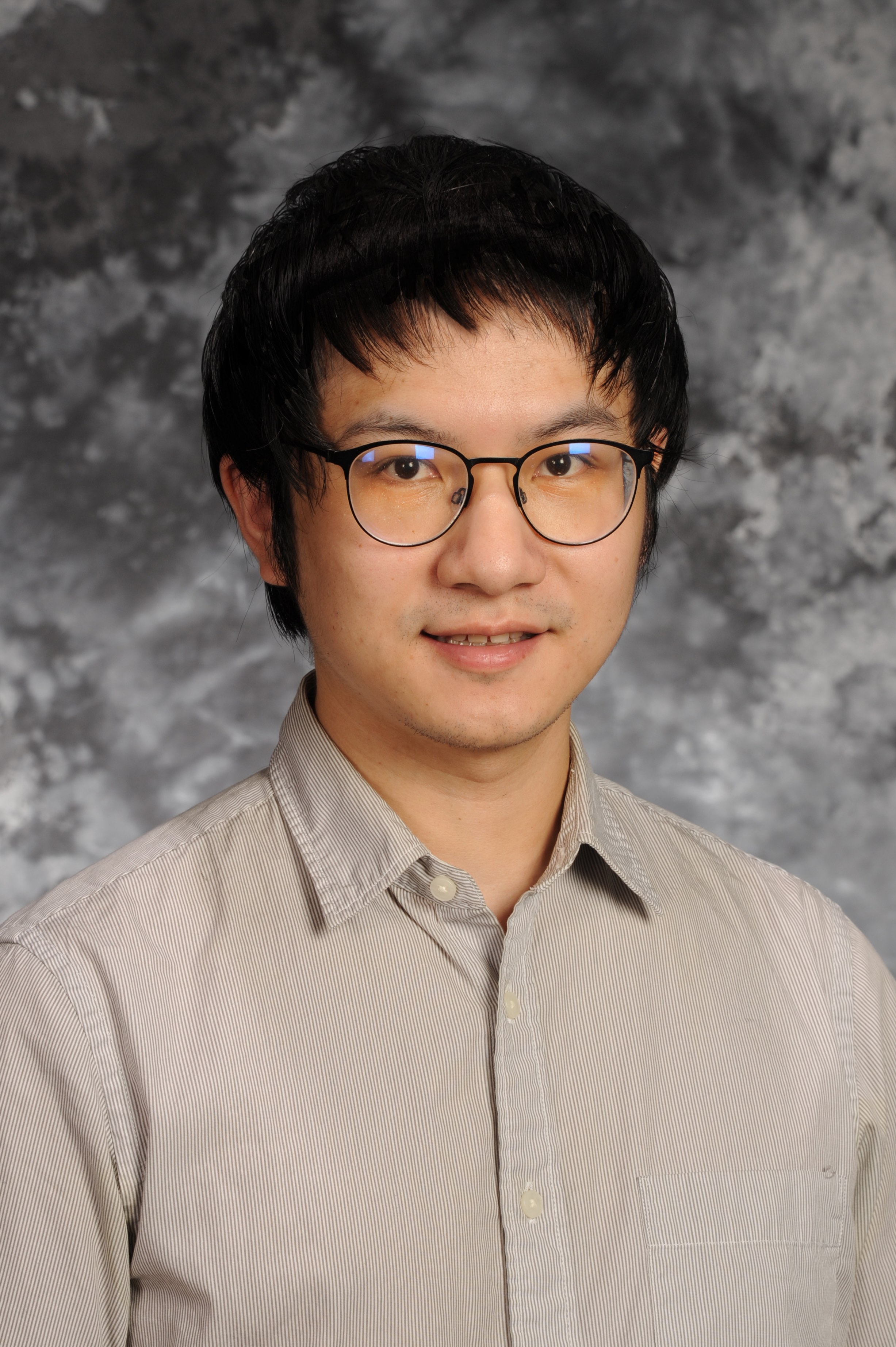 | Dr. Shuxiang Zhou Idaho National Laboratory Dr. Shuxiang Zhou is a computational material scientist in the Computational Mechanics and Materials Department at Idaho National Laboratory (INL). Dr. Zhou received his Bachelor's degree in physics from Peking University, Beijing, China in 2015, and a Ph.D. from the Department of Material Science and Engineering (MSE) from University of Wisconsin–Madison, Madison, WI in 2020. He joined INL in 2020 as a Glenn T. Seaborg Distinguished Postdoctoral Fellow. His research interests are focused on using computational methods and simulations, like density functional theory (DFT), to understanding the behaviors of nuclear materials, including thermal transport, phonon scattering, and electron correlation. Within TETI, Dr Zhou is studying the phonon transport and strong electron correlation in uranium dioxide, and developing interatomic potentials for accurate phonon measurements of oxide fuels. | |
|


